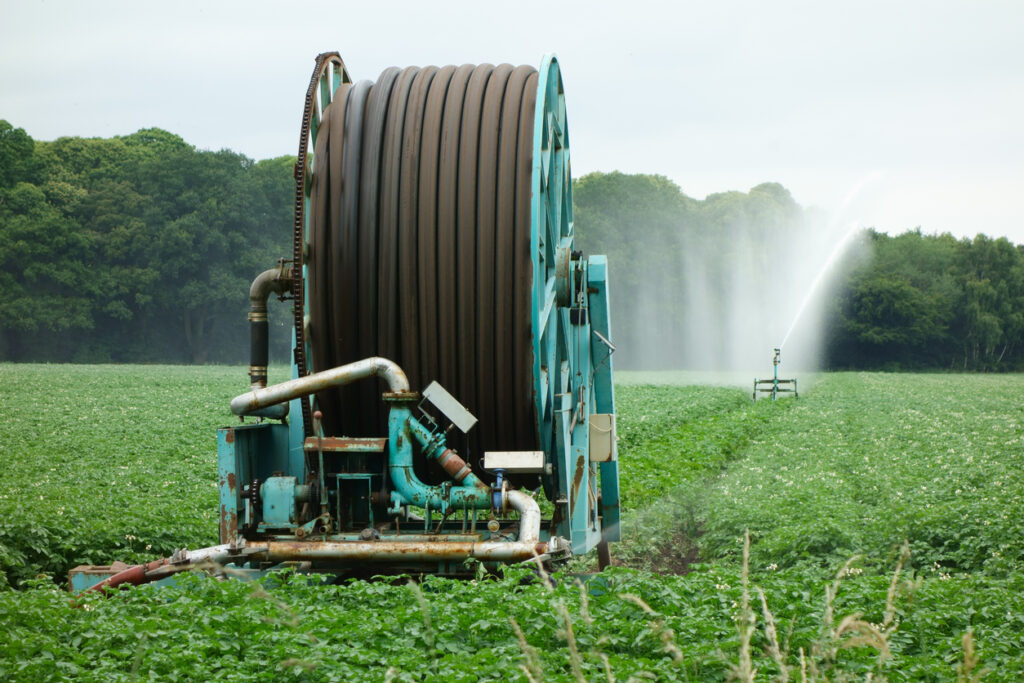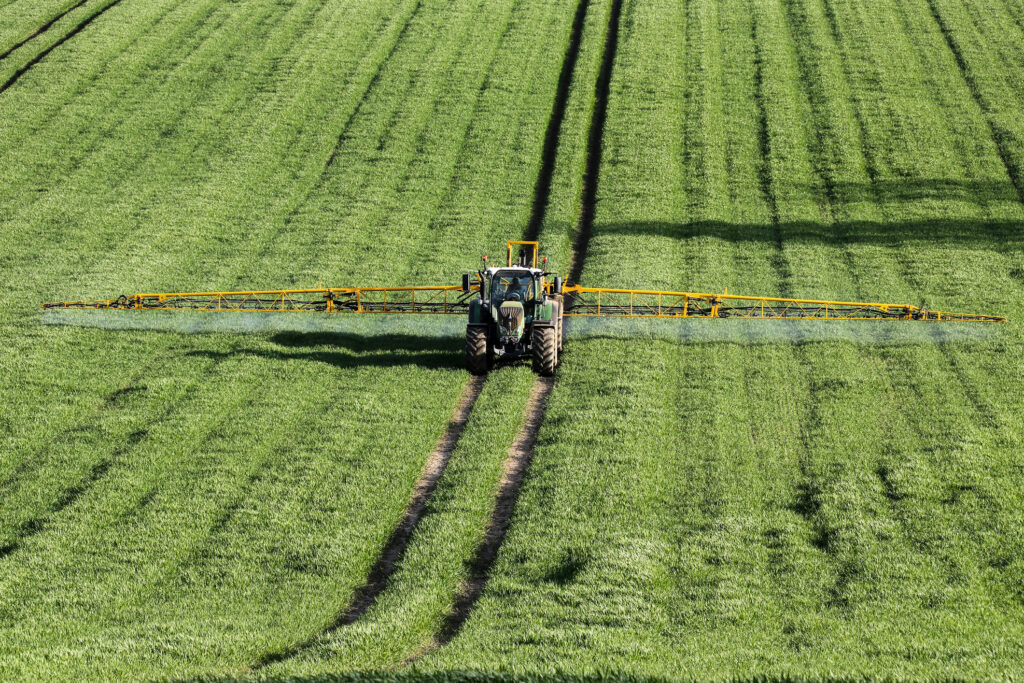Farm businesses should be taking control of all of their natural capital assets regardless of supply chain directives, as data shows a positive link between sustainability improvements, reduction in emission levels and the bottom line.
Dr Alasdair Sykes, managing director for sustainability at Trinity AgTech says it’s not enough to only consider the emissions produced at an individual field or crop level.
“To truly capitalise on this information and gain wider analytics about your farm as a whole, it is crucial to be using up-to-date scientific data and models that accurately represent UK agriculture,” he says.
“Gathering all available data is vital. This gives baseline measurements and the opportunity to put in place longer term business strategies and a clear road map going forward.”
Moving with the times
Achieving net zero within agriculture is a hot topic across the supply chain and at a government and global level.
But it may not be the right strategy for your farm, at this time, to focus on net zero as the absolute target. Indeed, some farms may never achieve net zero, but that doesn’t necessarily mean they cannot and are not making steps towards carbon improvement.
We need to move the narrative forward as an industry. What may be more important is to actively focus on improving sustainability and productivity metrics appropriate for the farm’s system and land characteristics.
Before you can move forward at all, it’s vital you have a complete understanding of what natural capital you have to work with on your farm. That includes all aspects of carbon, biodiversity, water, soil and woodlands. Biodiversity and water quality are other key aspects to understand as they also have an inherent value.
“Getting on top of your emission levels now and knowing what your whole picture for natural capital looks like is a no-lose situation as it is something all farms and business are going to be required to do in the not too distant future,” says Dr Sykes.
“Ensure you are ahead of the curve and choose what’s best for your farm. This will avoid being backed into a corner by stakeholders higher up the supply chain, especially those who may be looking to audit your emissions using a tool that incorrectly reports on your data.
“This could result in huge injustices for you and your farm,” says Dr Sykes.
“It’s also true that the space around reducing emissions is very volatile at the moment, so by urgently prioritising getting baseline measurements in place, you can start proactively implementing positive change, armed with the data.
“With regulatory requirements and policy constraints, it can feel like an ever moving landscape and difficult to navigate what should be recorded and when. It also often depends on where you are based in the country and what schemes available to you.”
However, he notes that there will never be a penalty to getting the farm in a position of understanding your farm data and your ability to manage it. But it will deliver information and insights to talk to customers and other stakeholders.

Using the right tool for the job
Dr Sykes explains: “When looking to conduct a natural capital audit on your farm, it’s important to be able to navigate through your own data, and pull from additional land based information such as topography, weather etc.
“This means a tool which will help you make decisions and that looks at the variation in your outputs and management processes as you move forwards.
“First generation tools are typically not reliable when calculating carbon emissions. This is because they rely on out-of-date scientific data which makes sweeping generalisations of arable farms and their practices, often resulting in wildly incorrect emission levels.”
He adds: “Choosing a navigator that covers a range of metrics is important. Farmers are very aware of the different pressures placed on them particularly around carbon and GHG emissions.
“However, it’s also important to cover biodiversity, water protection, nitrate leaching and soil protection. It is very likely that in the coming years these results and statistics are going to become increasingly desirable from stakeholders up and down the supply chain.”
One size doesn’t fit all
“It’s important to remember that improving on-farm sustainability is a unique journey for every farm,” says Dr Sykes.
“The options are vast and will be preferable depending on a range of factors and differences including business goals, farming system, land use and soil type to name a few.
“However, much of the science and data behind first generation calculators and tools, does not account for these differences.
“To correct this injustice and offer a clear roadmap to reduce farm emissions while supporting farm business profitability, it is vital that on-farm software has the analytical capabilities to not only deliver a credible assessment but to also guide decision making,” he adds.
“Having the ability to scenario plan and be supported continuously through the decision-making means that farmers are truly able to utilise their land and resources.
“This can also ensure that changes to management processes and farming practices not only help reduce farm emissions, but also work to support the future of the people working on the farm and the businesses longevity,” concludes Dr Sykes.
What is Sandy?
- Award-winning navigator software for measuring, managing and optimising natural capital
- The only next generation platform providing scenario planning to future proof your farm
- ISO accredited and based on the latest science to create the industry’s most credible register of on-farm natural capital assets including biodiversity, carbon, agroforestry, and water quality
- Completely independent and easy to use
- Created for all farms, of all sizes, everywhere
To book a demo or find out more about Sandy visit: www.trinityagtech.com


